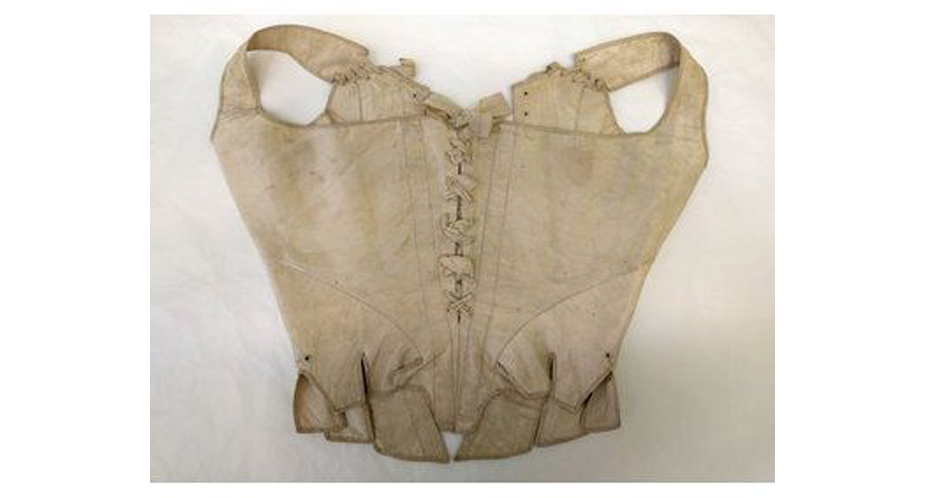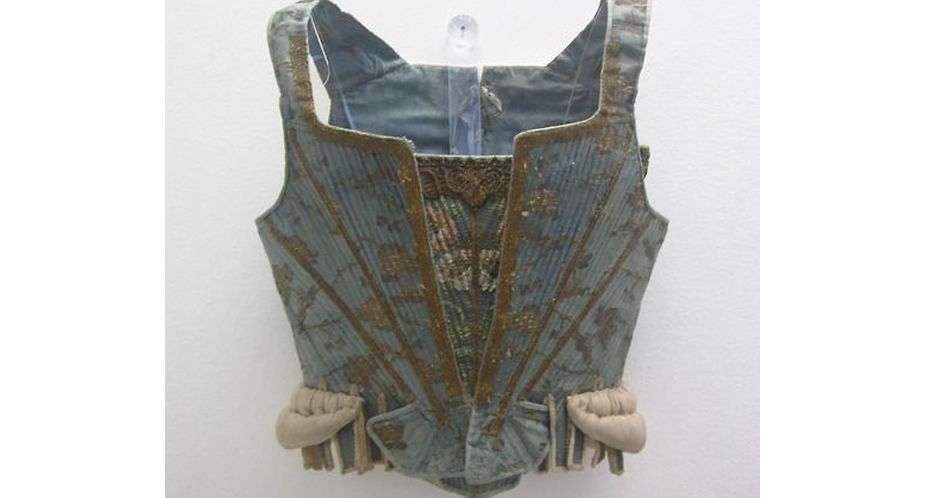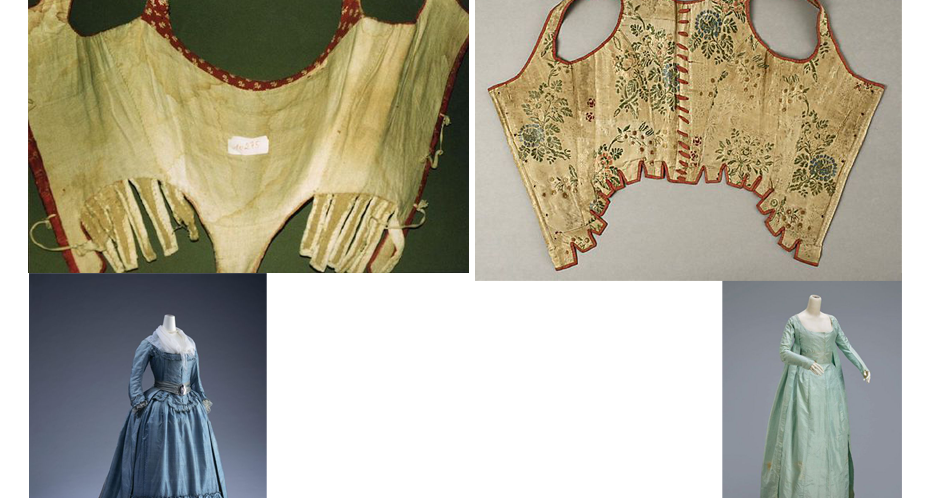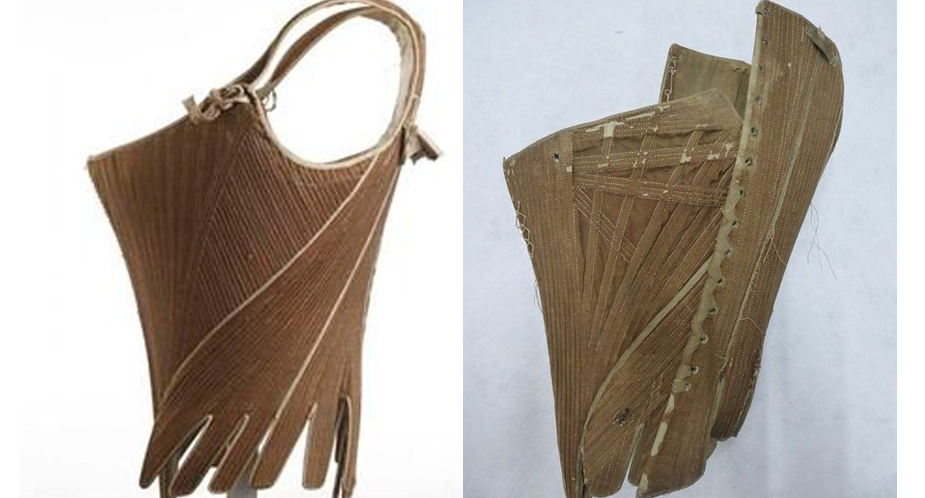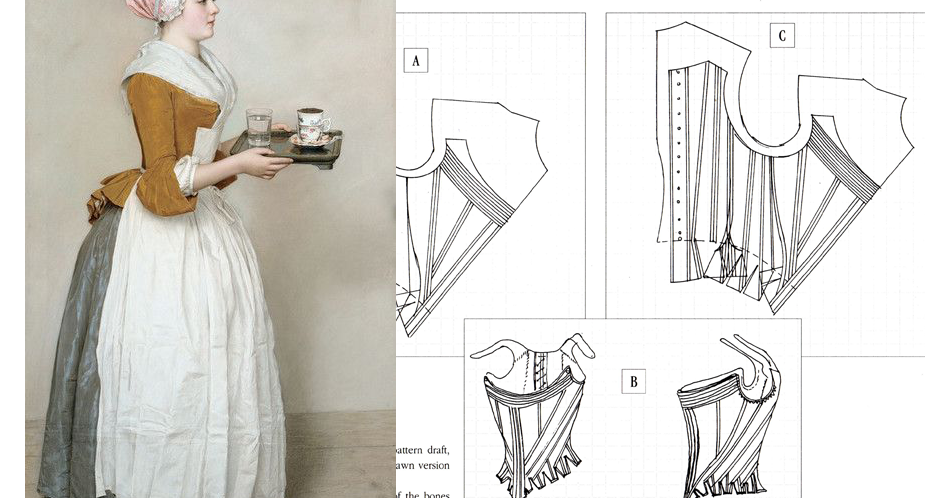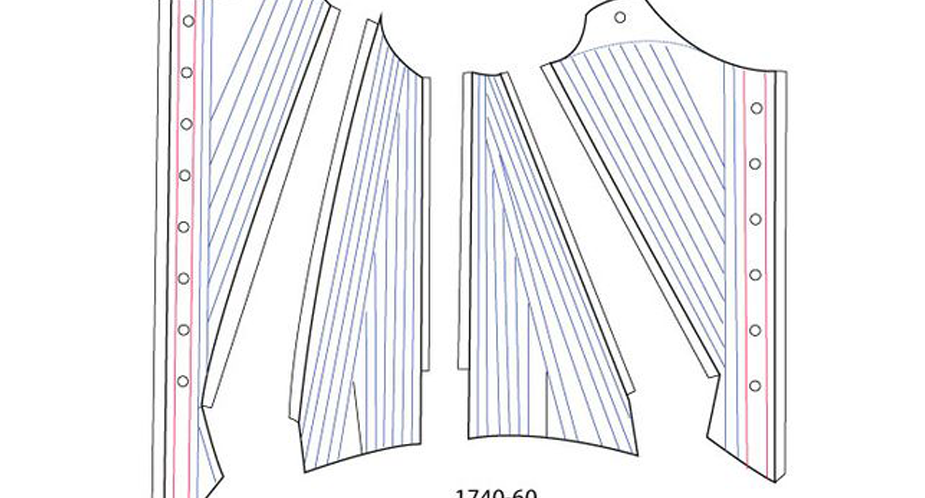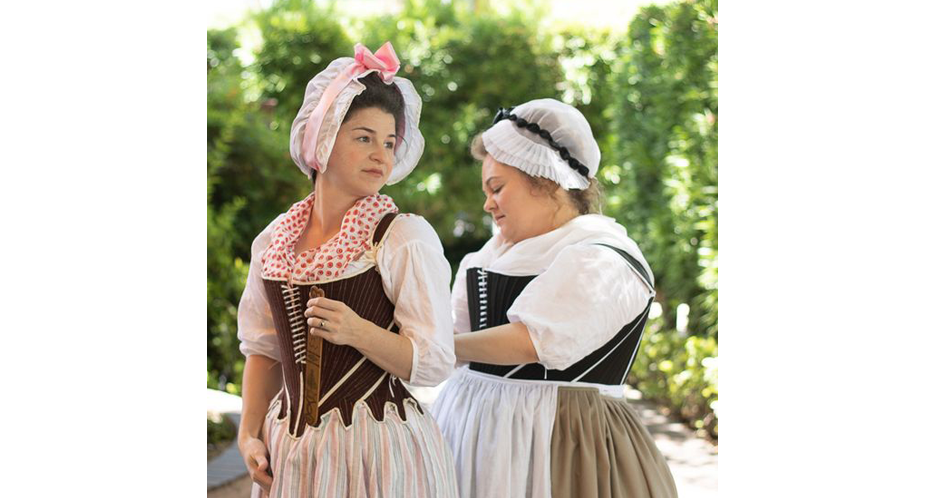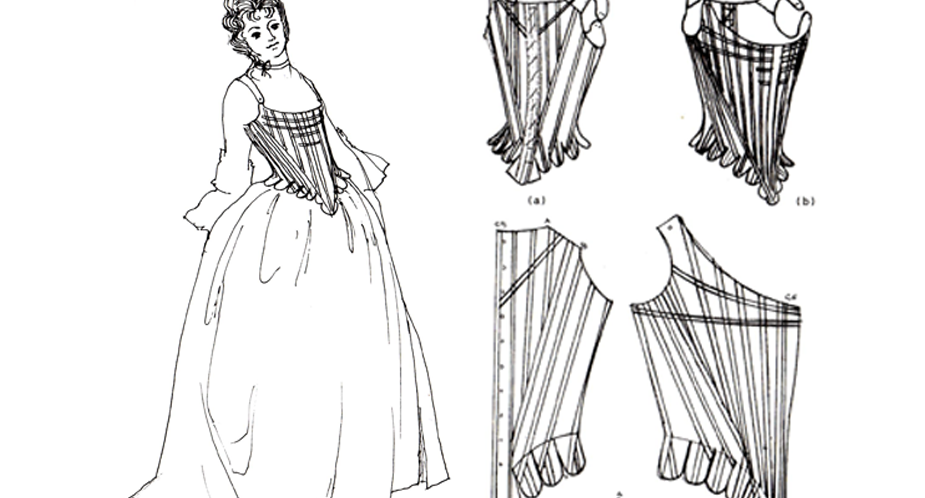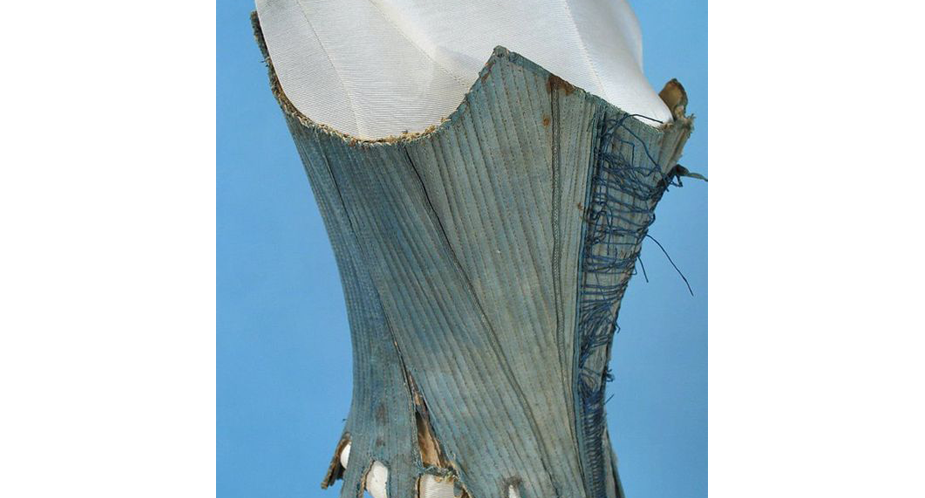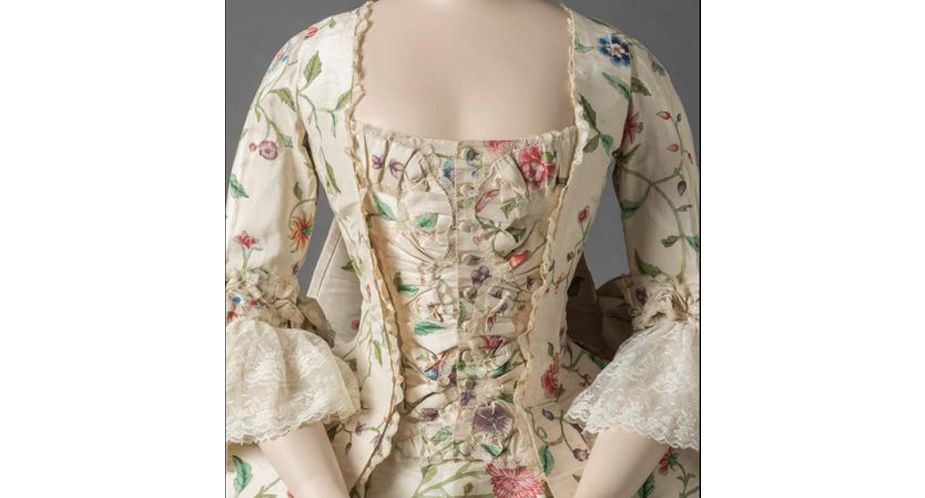… at the turn of the 18th into the 19th century, stays were largely discarded. Women with imperfect or larger bodies and older women, however, continued to wear stays. As long as they were high waisted, they could be worn under the Regency gowns. (1790’s short stays went shorter yet, …
